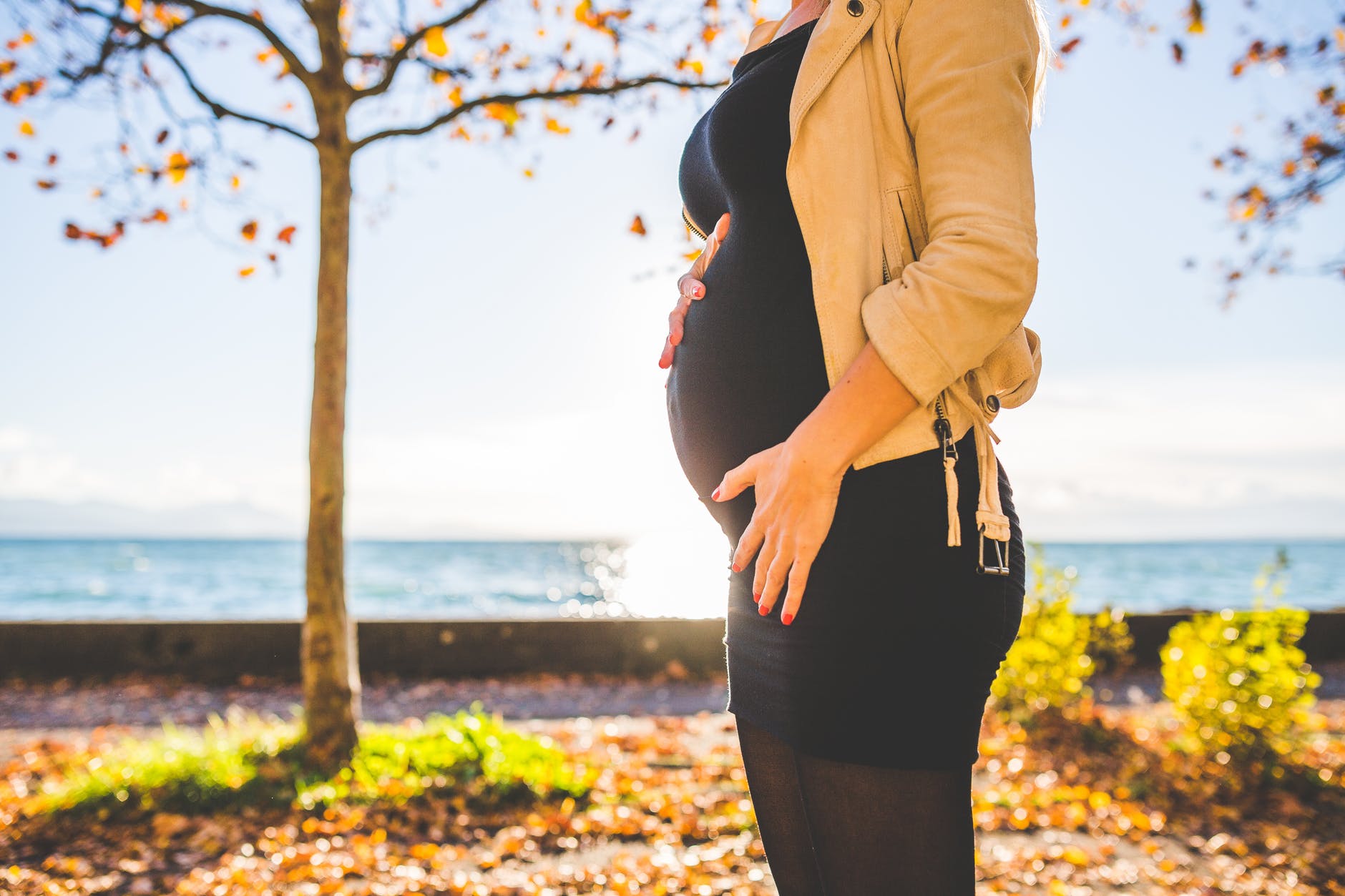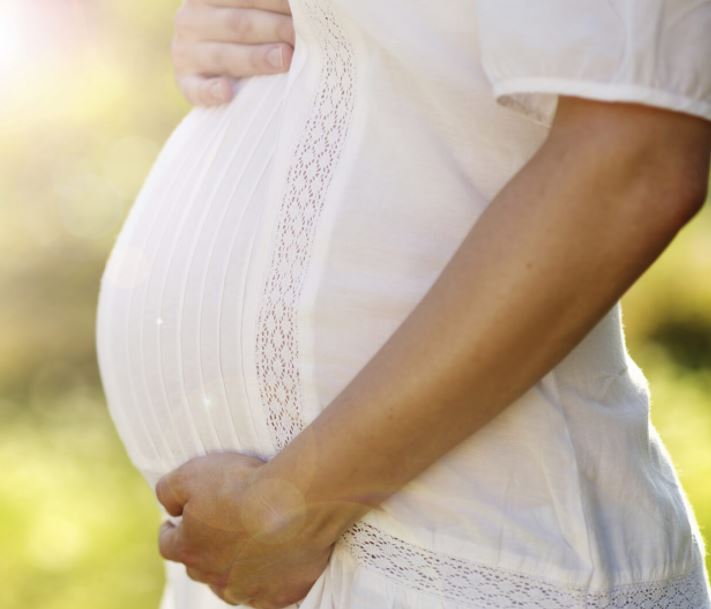Recognizing Changes in Your Body After The Birth of a Child
Some of the most important physiological and bio-chemical changes occur in the post-partum phase of a women’s life. Yet, few women and their physicians know the proper way to respond to the changes. The most commonly talked about elements and experiences discussed by many are post-partum depression. While this is an absolutely vital and essential discussion point of the postpartum phase, many women experience a myriad of ailments that are infrequently discussed among women’s groups, physicians, and physical therapists.
Among the most common occurrences in post-partum women can be Diastasis Recti or abdominal wall separation. The recti abdominis are vertical muscles that run alongside of the anterior wall of the body. The recti adbdominis has the job of holding in your internal organs and providing additional stability to your core. During pregnancy, hormones have a role in relaxing these muscles to allow for the proper accommodation of the fetus. After the birth of a baby, some women can experience this separation, while others do not.
For over 40% of women, the recti abdominis does not return to normal without proper treatment. Unfortunately, simple crunches will not work and are most often the cause of exacerbating the problem. Women who have approached physicians who do not specialize in women’s health issues may not get the necessary results for this to correct.
Before any treatment, we recommend you speak to a Women’s Health Specialty Physical Therapist. It is important to discuss your individual history. Too many women approach this problem without the full comprehension of the case and possible long-term impact of the problem.
If you are one of the many women who experience or think that you are experiencing Diastasis Recti, please feel free to reach out to us and Dr. Hope Bove will be glad to speak with you privately and discuss your options to find out if women’s health physical therapy is the right fit for your on your road to recovery.
Dr. Hope Bove may be reached directly at 203-957-8162.


